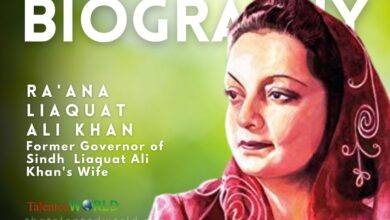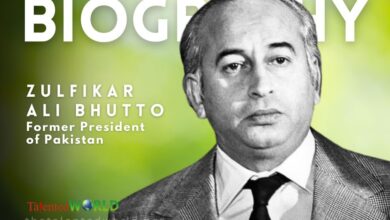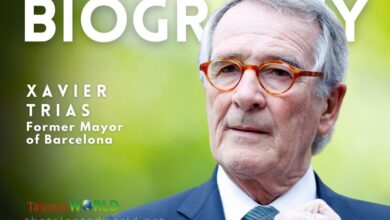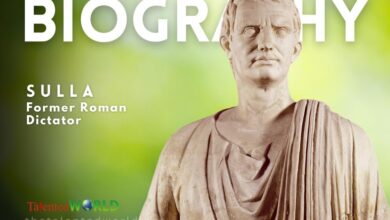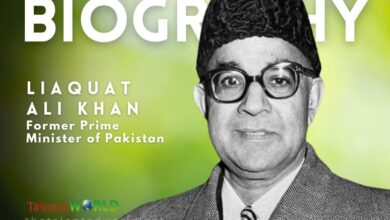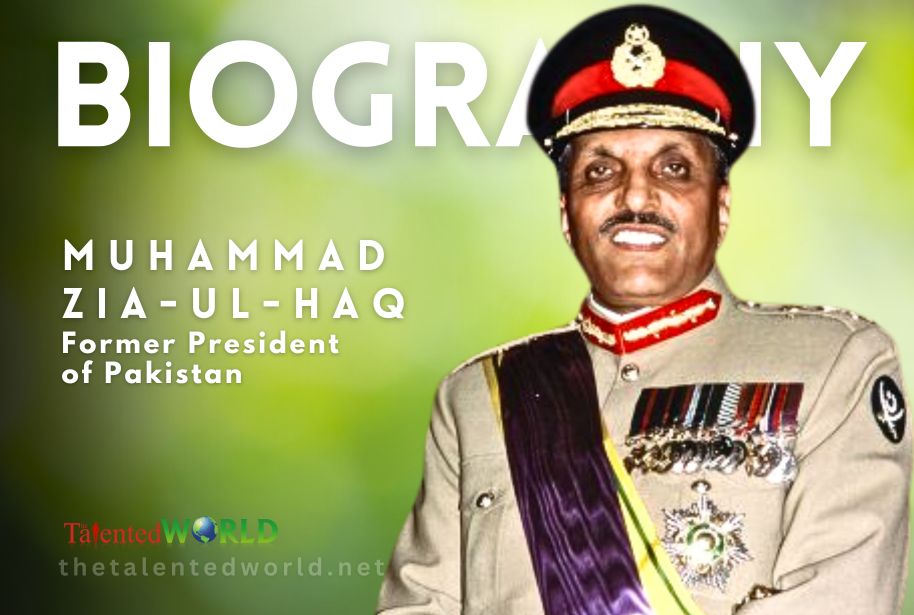
Quick Facts
| Attribute | Details |
|---|---|
| Full Name | Muhammad Zia-ul-Haq |
| Date of Birth | August 12, 1924 |
| Place of Birth | Jalandhar, Punjab Province, British India |
| Date of Death | August 17, 1988 |
| Place of Death | Bahawalpur, Punjab, Pakistan |
| Cause of Death | Aircraft crash |
| Resting Place | Faisal Mosque, Islamabad |
| Spouse | Shafiq Jahan (married 1950) |
| Children | 5, including Ijaz-ul-Haq |
| Alma Mater | St. Stephen’s College, Indian Military Academy |
| Nickname | Master of illusion |
| Military Service | – British Indian Army – Pakistan Army |
| Years of Service | 1943–1988 |
| Rank | General |
| Branches | Guides Cavalry, Armoured Corps |
| Key Commands | II Strike Corps, Chief of Army Staff |
| Major Battles/Wars | – Second World War – Pacific War – Indo-Pakistani War of 1965 – Indo-Pakistani War of 1971 – Black September |
| Presidency | Details |
|---|---|
| 6th President of Pakistan | September 16, 1978 – August 17, 1988 |
| Prime Minister | Muhammad Junejo |
| Preceded by | Fazal Ilahi Chaudhry |
| Succeeded by | Ghulam Ishaq Khan |
| Chief of Army Staff | March 1, 1976 – August 17, 1988 |
| Preceded by | Tikka Khan |
| Succeeded by | Mirza Aslam Beg |
| Chief Martial Law Administrator | July 5, 1977 – March 24, 1985 |
| Preceded by | Zulfikar Ali Bhutto (as Prime Minister) |
| Succeeded by | Muhammad Junejo (as Prime Minister) |
| Personal Background | Details |
|---|---|
| Early Life and Education | Born to a religious Arain family; educated at St. Stephen’s College and Indian Military Academy |
| Family | Married cousin Shafiq Jahan; had five children, including politician Ijaz-ul-Haq |
| Legacy | Mixed; praised for Islamization and anti-Soviet efforts, criticized for authoritarianism, press censorship, and weakening of democracy |

